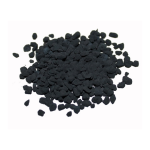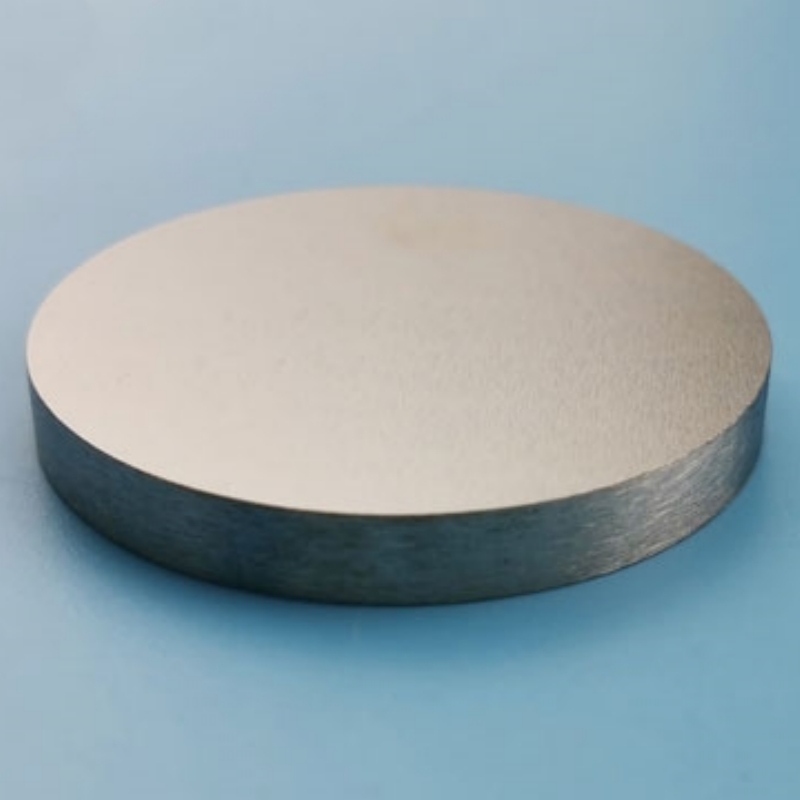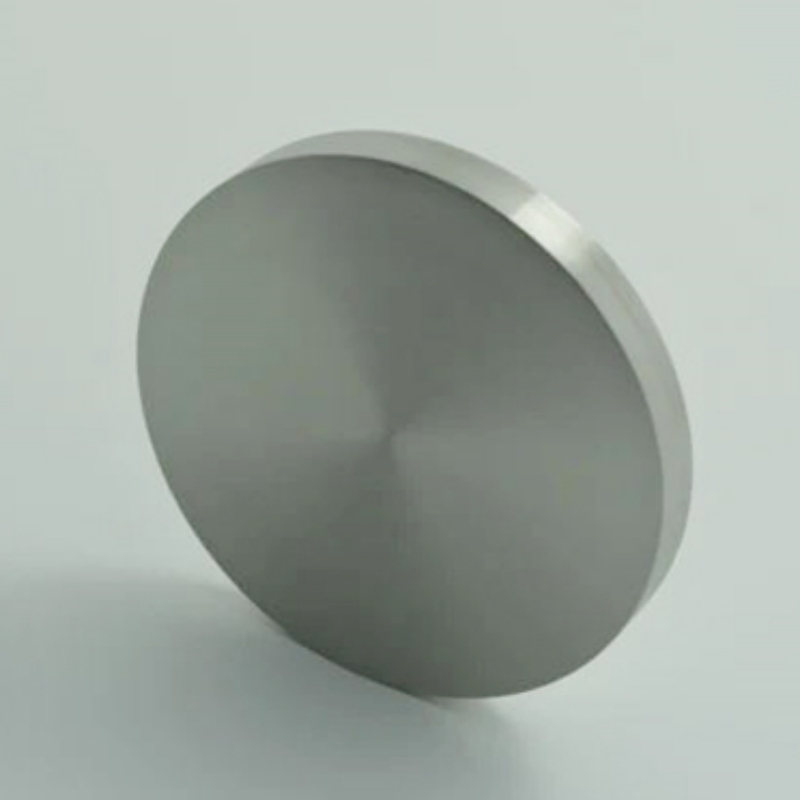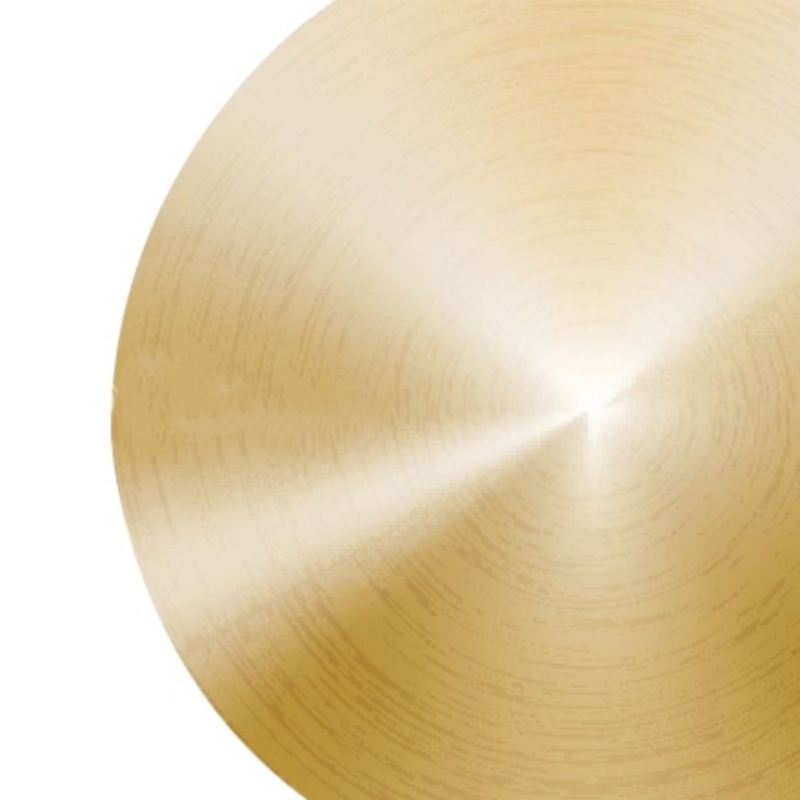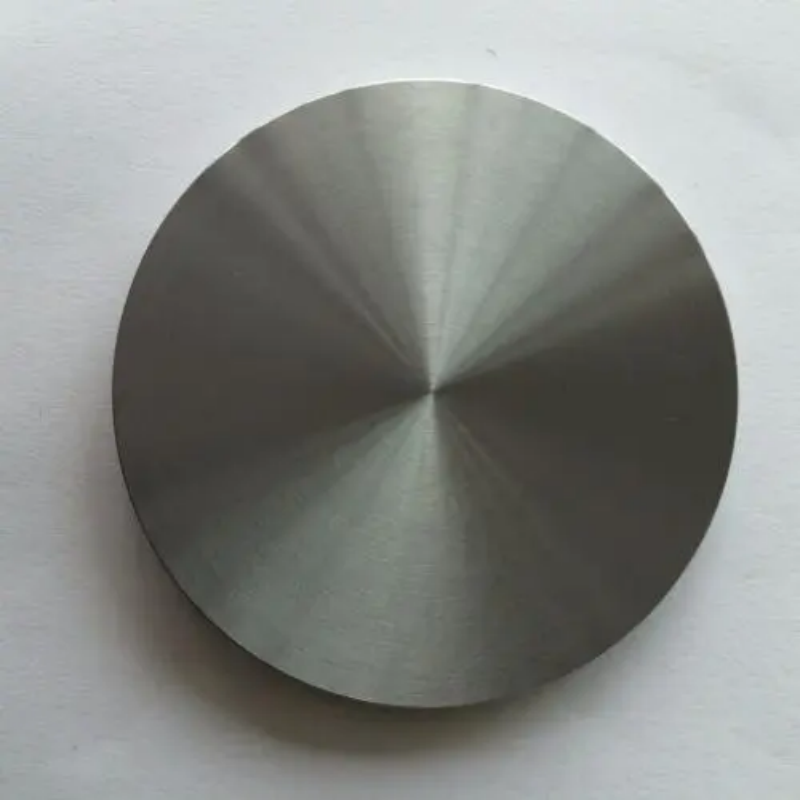Niobium(V) oxide (Nb₂O₅) pellets are high-purity ceramic materials known for their exceptional dielectric properties, optical transparency, and catalytic efficiency. They are widely used in electronic capacitors, optical coatings, superconducting applications, and advanced material research. Due to their unique characteristics, niobium(V) oxide pellets play a crucial role in semiconductor manufacturing, precision electronics, and sustainable technology development.
Product Overview
Niobium Pentoxide (Nb₂O₅) is a white or black powder or granules, offering extremely high purity and exceptional stability under high-temperature conditions. Known for its chemical inertness, particularly in water and most acids, this material serves as the primary raw material for the production of niobium and its compounds. It is widely used across various high-tech sectors, including electronics, optics, and catalysis.
Features
- High-Temperature Stability: Maintains stability even under elevated temperatures
- Insoluble in Water at High Temperatures: Only dissolves under specific conditions, making it highly resistant to corrosion
- Customizable Particle Size: Available in different granule sizes based on customer requirements
- Stable Chemical Properties: Resistant to heat and suitable for industrial applications
- Color Options: Available in both white and black pellets, catering to diverse application needs
Applications
- Optical Materials: Used in the manufacture of special optical glass
- Electronics Industry: Widely employed in the production of high-frequency and low-frequency capacitors and piezoelectric ceramic components
- Metal Alloys: Used in the production of ferro-niobium and niobium alloys for special steel manufacturing
- Catalysts: Utilized in chemical catalytic reactions, particularly at high temperatures
- Refractory Materials: Key component in high-temperature-resistant materials
- Material Science: Applied in coating technologies and the production of high-performance coatings
| Element | Measured Value | Standard Value | Unit | Element | Measured Value | Standard Value | Unit | Element | Measured Value | Standard Value | Unit |
| Li | Zn | Pb | |||||||||
| B | Ga | Bi | |||||||||
| F | Ge | Y | |||||||||
| Na | As | 2 | ppm | Th | |||||||
| Mg | Se | Er | |||||||||
| Al | 1 | ppm | Zr | Ru | |||||||
| Si | 2 | ppm | Nb | ppm | Rh | ||||||
| P | Mo | 1 | ppm | Os | |||||||
| Cl | Pd | Cd | |||||||||
| K | Ag | In | |||||||||
| Ca | 15 | ppm | Sn | 2 | ppm | ||||||
| Ti | 1 | ppm | Sb | 3 | ppm | ||||||
| V | Ba | ||||||||||
| Cr | 1 | ppm | Hf | ||||||||
| Mn | 1 | ppm | Ta | 1 | ppm | C | |||||
| Fe | 1 | ppm | W | 3 | ppm | S | 5 | ppm | |||
| Co | Pt | O | ppm | ||||||||
| Ni | 1 | ppm | Au | N | |||||||
| Cu | 2 | ppm | Hg | H |
Submit Your RequirementsWe will contact you within 24 hours.
 WOBO Scientific Research New Materials One-Stop Service Platform
WOBO Scientific Research New Materials One-Stop Service Platform





